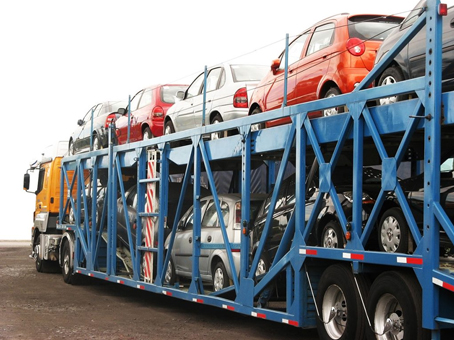Arranging the transportation of your vehicle should be a straightforward process, but there are essential steps owners can take to ensure a smooth and trouble-free experience. While the responsibility lies with the mover or carrier once the vehicle is in their care, owners play a crucial role in the process. Here are tips for safely shipping a car:
1. Familiarize Yourself with the Details: Shipping companies provide comprehensive information about their services. It is the owner’s responsibility to thoroughly read and understand the terms and conditions outlined in the contract. Any concerns or questions should be addressed with the moving company before the transportation process begins.
2. Choose Between Open and Enclosed Carriers: Consider the shipping method that best suits your needs. Options include open (partial or full) and closed shipping. Each method has its advantages and limitations based on factors like vehicle type and quantity. Discuss your preferences with the car moving company to determine the safest and most suitable method for transporting your vehicles.
3. Understand Scheduling and Lead Time: Be aware that while car movers operate under deadlines, unforeseen factors such as weather, mechanical issues, and traffic may cause delays. Frequent or last-minute schedule changes by customers can also contribute to delays. However, reputable car shippers strive to ensure on-time deliveries whenever possible.
4. Prepare Your Vehicle: Properly wash your car before shipping, especially if it will be transported via an open trailer. This allows for a thorough inspection for damages such as scratches and chips. While there is protection in place for damages during transport, documenting your car’s original condition is beneficial. Additionally, check and charge the batteries, ensure sufficient oil and water levels, properly inflate tires, lower antennae, fold mirrors, deactivate the alarm, and secure loose parts. For convertibles, ensure the top is up or the car is covered. Avoid shipping with a full tank to reduce weight. Communicate any special requirements or issues to the shipper and provide all necessary documents.
By following these tips, owners can contribute to a safer and more efficient car shipping process, providing peace of mind during the transportation of their vehicles.
 +1 801-513-6651
+1 801-513-6651 allcarhaulers@gmail.com
allcarhaulers@gmail.com













